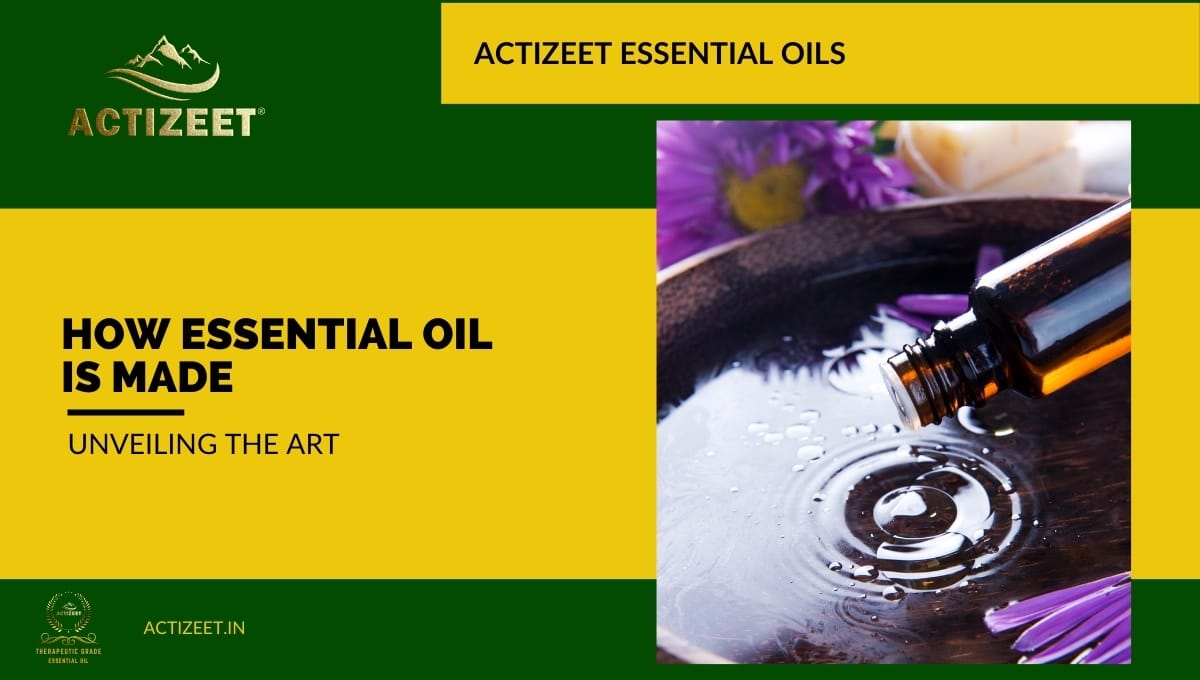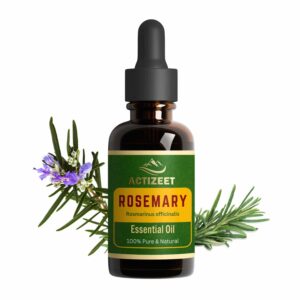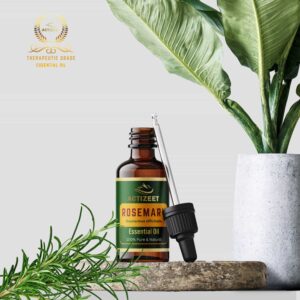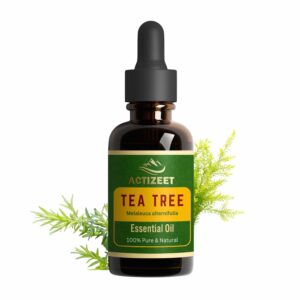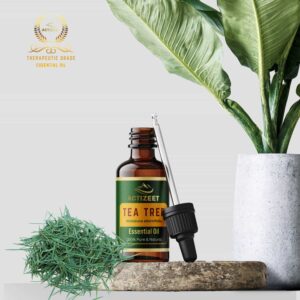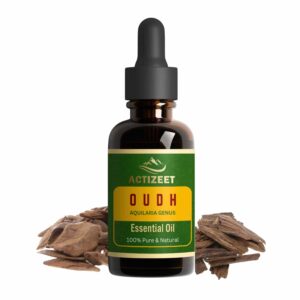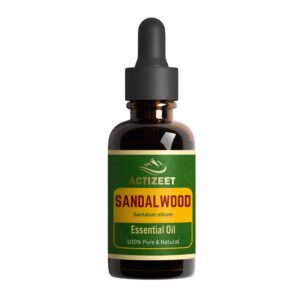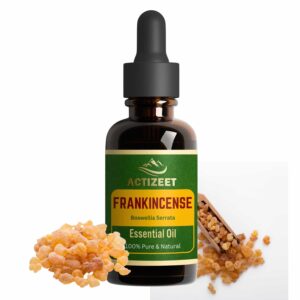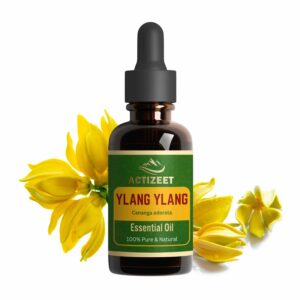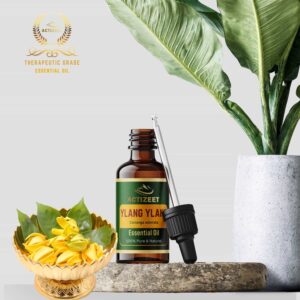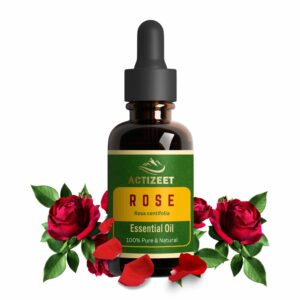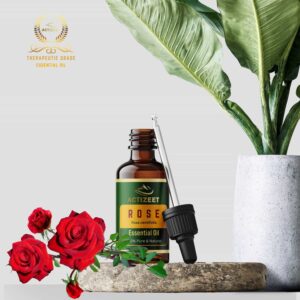Essential oils, my dear readers, are nature’s fragrant gift to our senses, extracted from plants and occasionally even from the rarest of animal sources. These oils are highly concentrated liquids that capture the pure essence and aroma of the plants they come from.
Now, you may be wondering what exactly makes essential oils so special. Well, my friends, let me enlighten you.
Firstly, essential oils have an array of uses that extend far beyond simply smelling delightful. They are widely employed in aromatherapy to promote relaxation, relieve stress, and enhance emotional well-being.
Moreover, these miraculous elixirs possess therapeutic properties that can aid in alleviating various ailments, such as headaches or congestion, when used topically or inhaled through diffusers. Some essential oils even boast antimicrobial properties that can help cleanse the air or disinfect surfaces naturally.
Table of Contents
ToggleHistory of Essential Oil Production
The captivating world of essential oils has a history as rich as the scents themselves. The origins of their production can be traced back thousands of years to ancient civilizations like Egypt, India, and China.
In fact, our ancestors were well aware of the bountiful benefits these precious substances had to offer. The Egyptians were particularly fond of these aromatic wonders and used them extensively in their embalming practices and religious rituals.
They believed that essential oils possessed mystical healing properties capable of connecting them to the gods themselves. Meanwhile, Ayurvedic medicine in India has incorporated various plant-based essential oils into its holistic healing practices for centuries.
It wasn’t until medieval times, when Arabian alchemists mastered the art of distillation, that essential oil production truly flourished. Their refined techniques allowed for more efficient extraction methods while preserving the integrity and potency of these precious elixirs.
From ancient civilizations to modern times, essential oils have continued to captivate our senses and provide us with numerous therapeutic benefits. So let us journey together, dear readers, as we delve into the meticulous processes by which these aromatic wonders are made and the various techniques employed to extract their mesmerizing essences.
Sources of Essential Oils
Plant-based sources (flowers, leaves, bark, etc.)
Aromatic plants have been a treasure trove for humanity since ancient times. They offer a vast array of scents and flavours that can be harnessed in the form of essential oils. These oils are typically extracted through a meticulous process known as distillation.
When it comes to plant-based sources, almost every part of the plant holds the potential for oil extraction. The flowers have long been celebrated for their enchanting fragrances and play an integral role in essential oil production.
Take lavender, for instance—a perennial favourite among enthusiasts due to its calming scent and versatile properties. Not only do the lavender flowers exude an exquisite aroma, but their high concentration of oil makes them ideal candidates for distillation.
Leaves also contribute significantly to the wealth of essential oils available today. The refreshing aroma and invigorating properties of peppermint oil can be attributed to its abundant presence in the leaves.
Distilling these leaves unlocks their aromatic goodness, creating an essence that is cherished in various industries, such as cosmetics and aromatherapy. The bark is yet another valuable source from which essential oils are derived.
The majestic eucalyptus tree, native to Australia but now grown globally, offers a splendid example. The bark contains precious compounds that impart eucalyptus oil with its distinctive minty fragrance and therapeutic qualities.
Animal-based sources (rare and less common)
While plants serve as the primary source of essential oils, there are some rare instances where animal-derived materials are used in this process. Examples include ambergris and musk—highly sought-after ingredients renowned for their aromatic allure.
Ambegr… Wait! Before we proceed any further, it’s essential to address the ethical considerations surrounding animal-based oil production.
Many animal sources, such as musk deer and sperm whales (the traditional source of ambergris), have been subjected to illegal hunting or unethical practices. As a responsible consumer, it is crucial to ensure the oils you purchase come from sustainable and ethical sources.
Now, let’s delve into the extraction methods involved in obtaining these unique animal-based essential oils. Ambergris, for instance, is a waxy substance secreted by sperm whales.
The process begins when ambergris floats on water after being expelled by the whale’s digestive system. Once collected from shores or extracted from whaling vessels, ambergris undergoes various purification steps before yielding its prized scent.
Musk, on the other hand, is derived from musk deer. Historically hunted for their strong-smelling glandular secretions found in their abdominal region, musk deer have faced significant declines in population due to over-harvesting.
To address these concerns and ensure sustainable sourcing, synthetic alternatives are now prevalent in the fragrance industry. By understanding the sources of both plant-based and animal-based essential oils and considering ethical practices in production processes, we can make informed choices that benefit both ourselves and our planet.
Distillation Process for Plant-Based Essential Oils
Harvesting and preparation of plant material
When it comes to creating essential oils, the first step is to carefully select the plants from which the oils will be extracted. Different parts of plants, such as flowers, leaves, bark, or even roots, can yield various essential oils with distinct aromas and therapeutic properties.
To ensure the highest quality and potency of the oil, it’s crucial to harvest the plant material at just the right time. This usually depends on factors like weather conditions, plant species, and the desired outcome.
For example, if you’re looking to extract lavender oil, you’ll want to gather the blossoms just as they reach their peak bloom. The optimal time for harvesting different plant parts can vary widely; sometimes it’s early in the morning before dew evaporates or late in the afternoon when essential oil concentrations are highest.
Drying or crushing the plant material before distillation
After harvesting, proper preparation of plant material is crucial to extracting essential oils effectively. Depending on the specific plants being used and the desired outcome, there are two common methods: drying or crushing. In some cases, such as with herbs like rosemary or thyme, drying the harvested stems and leaves is necessary.
This not only helps preserve their chemical composition but also aids in removing excess moisture that may hinder efficient extraction during distillation. On the other hand, certain plants require a more hands-on approach through crushing or grinding before distillation.
Take citrus fruits like oranges or lemons as an example. Their peels need to be carefully crushed to break open small sacs containing precious essential oils known for their invigorating scents.
The traditional steam distillation method
Once properly prepared, it’s time for distillation—a centuries-old technique renowned for extracting essential oils from plant-based materials. The traditional steam distillation method remains the most common and reliable approach.
In this process, the plant material is loaded into a still, a sturdy vessel designed to withstand high temperatures. The still is connected to a condenser, which cools the rising steam and turns it back into liquid form.
This condensed liquid, comprising both water and essential oils, then flows into a separator, where it can be collected separately due to their different densities. To initiate the distillation process, heat is applied to the still, causing water within the plant material to evaporate as steam.
As this aromatic steam rises through the still, it carries essential oils along with it. The hot vapour then moves through the condenser where cooling occurs – transforming it into liquid form again.
The essential oil separates from water in the separator due to its lighter weight and hydrophobic properties. This traditional steam distillation method allows for optimal extraction of essential oils while preserving their natural qualities and therapeutic benefits.
The Cold-Press Extraction Method for Citrus Essential Oils
An Ancient Technique with Modern Applications
When it comes to extracting essential oils from citrus fruits like oranges and lemons, the cold-press extraction method stands out as an ancient technique that continues to be widely used today. This method not only preserves the natural aroma and therapeutic properties of the oils but also ensures a higher yield compared to other extraction methods.
Peeling Back the Layers of Citrus Extraction
The specific process of cold-press extraction for citrus fruits involves several steps, each carefully designed to capture the essence of these zesty wonders. It all begins by removing the outer peel or zest from the fruit.
This is where the majority of the precious essential oil resides, nestled within small sacs that burst with fragrant potential when released. The peels are meticulously separated from the juicy flesh, ensuring that only their vibrant outer layers are used in this process.
Once separated, these aromatic peels undergo mechanical pressing, which is akin to squeezing every last drop of joy from a happy memory. This action releases small pockets of essential oil contained within tiny glands present in the peel’s skin.
Applying gentle pressure allows these pockets to burst open, releasing an exquisite blend of volatile compounds unique to each citrus fruit. The pressed liquid—a mixture of essential oil and watery fluid—goes through further processing to separate them.
The aim is to ensure that only pure essential oil remains at the end, free from any impurities or unwanted substances. By employing this delicate yet effective cold-press extraction technique, we can capture nature’s zestiest secrets and harness their incredible aromas and therapeutic benefits for our well-being.
Other Methods of Extracting Essential Oils
Solvent Extraction
When it comes to extracting essential oils, solvent extraction is another popular method. In this process, solvents like hexane or ethanol are used to dissolve the plant material and extract the oils effectively. The plant material is soaked in the chosen solvent, allowing it to break down and release its aromatic compounds.
As a result, the essential oils blend with the solvent. However, it’s crucial to remove any traces of solvent from the final product to ensure its safety and purity.
This is done through a process called evaporation, or vacuum distillation. The mixture of essential oil and solvent is heated gently under low pressure, causing the solvents to evaporate while leaving behind only pure essential oil.
Carbon Dioxide Extraction
Another fascinating method for extracting essential oils is carbon dioxide (CO2) extraction. This technique utilizes high-pressure extraction using carbon dioxide as a solvent.
The process involves placing the plant material in a stainless-steel chamber along with pressurized CO2. When CO2 reaches the supercritical state (a combination of liquid and gas), it acts as an excellent solvent for extracting essential oils without damaging their quality or fragrance.
One of the significant advantages of carbon dioxide extraction is that it allows for selective extraction of desired components without involving heat or chemical solvents that may alter the natural properties of essential oils. Moreover, since CO2 readily evaporates at room temperature after pressure release, no residue or traces are left behind in the extracted oil.
Conclusion
Understanding how different methods are employed for extracting essential oils helps illuminate their intricate production processes. Solvent extraction provides an effective means to dissolve plant materials and obtain aromatic compounds through the safe removal of solvents from ensuing extracts. On the other hand, carbon dioxide extraction harnesses high-pressure techniques to selectively extract desired components without compromising quality.
Both methods exemplify the art and science behind essential oil production, ensuring a potent and pure final product. By delving into the diverse techniques employed in essential oil extraction, one gains a newfound appreciation for these precious natural elixirs.
Remember, each drop of essential oil represents countless hours of meticulous work and centuries of traditional knowledge passed down through generations. Embrace the aromatic wonders of essential oils and relish their potential to uplift our well-being and elevate our everyday experiences.
RECOMANDED PRODUCTS
-
Rated 4.72 out of 5
₹1,500.00Original price was: ₹1,500.00.₹1,200.00Current price is: ₹1,200.00. Incl. GST ADD TO CARTBuy Now -
Rated 4.88 out of 5
₹1,500.00Original price was: ₹1,500.00.₹1,200.00Current price is: ₹1,200.00. Incl. GST ADD TO CARTBuy Now -
Rated 4.74 out of 5
₹1,500.00Original price was: ₹1,500.00.₹1,200.00Current price is: ₹1,200.00. Incl. GST ADD TO CARTBuy Now -
Rated 4.63 out of 5
₹1,900.00Original price was: ₹1,900.00.₹1,450.00Current price is: ₹1,450.00. Incl. GST ADD TO CARTBuy Now -
Rated 4.72 out of 5
₹2,500.00Original price was: ₹2,500.00.₹1,950.00Current price is: ₹1,950.00. Incl. GST ADD TO CARTBuy Now -
Rated 4.88 out of 5
₹1,500.00Original price was: ₹1,500.00.₹1,200.00Current price is: ₹1,200.00. Incl. GST ADD TO CARTBuy Now -
Rated 4.80 out of 5
₹1,500.00Original price was: ₹1,500.00.₹1,200.00Current price is: ₹1,200.00. Incl. GST ADD TO CARTBuy Now -
Rated 4.88 out of 5
₹1,500.00Original price was: ₹1,500.00.₹1,200.00Current price is: ₹1,200.00. Incl. GST ADD TO CARTBuy Now
Related posts:
- Unveiling the Truth: Can Essential Oils Expire?
- Can Essential Oil be Consumed? Unveiling the Truth
- Revitalize Your Mehndi with Essential Oil: Discover the Benefits!
- Essential Oil and Water: A Harmonious Blend?
- Unlock Radiant Locks: Essential Oil for Hair Care
- Unveiling the Powerful Turmeric Essential Oil Benefits
- Nourish Your Hair: Benefits of Using Essential Oils
- Essential Oil on Skin: Safe or Risky?

